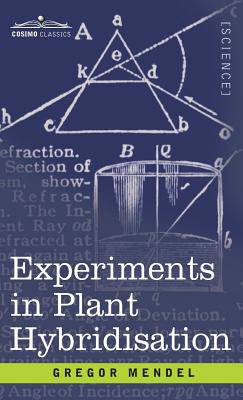
- Afhalen na 1 uur in een winkel met voorraad
- Gratis thuislevering in België vanaf € 30
- Ruim aanbod met 7 miljoen producten
- Afhalen na 1 uur in een winkel met voorraad
- Gratis thuislevering in België vanaf € 30
- Ruim aanbod met 7 miljoen producten
Zoeken
Omschrijving
Experiments which in previous years were made with ornamental plants have already afforded evidence that the hybrids, as a rule, are not exactly intermediate between the parental species. With some of the more striking characters, those, for instance, which relate to the form and size of the leaves, the pubescence of the several parts, etc., the intermediate, indeed, is nearly always to be seen; in other cases, however, one of the two parental characters is so preponderant that it is difficult, or quite impossible, to detect the other in the hybrid. -from "4. The Forms of the Hybrid" One of the most influential and important scientific works ever written, the 1865 paper "Experiments in Plant Hybridisation" was all but ignored in its day, and its author, Austrian priest and scientist GREGOR JOHANN MENDEL (1822-1884), died before seeing the dramatic long-term impact of his work, which was rediscovered at the turn of the 20th century and is now considered foundational to modern genetics. A simple, eloquent description of his 1856-1863 study of the inheritance of traits in pea plants-Mendel analyzed 29,000 of them-this is essential reading for biology students and readers of science history. Cosimo presents this compact edition from the 1909 translation by British geneticist WILLIAM BATESON (1861-1926).
Specificaties
Betrokkenen
- Auteur(s):
- Uitgeverij:
Inhoud
- Aantal bladzijden:
- 52
- Taal:
- Engels
Eigenschappen
- Productcode (EAN):
- 9781944529833
- Verschijningsdatum:
- 1/11/2008
- Uitvoering:
- Hardcover
- Formaat:
- Genaaid
- Afmetingen:
- 140 mm x 216 mm
- Gewicht:
- 217 g

Alleen bij Standaard Boekhandel
+ 46 punten op je klantenkaart van Standaard Boekhandel
Beoordelingen
We publiceren alleen reviews die voldoen aan de voorwaarden voor reviews. Bekijk onze voorwaarden voor reviews.











